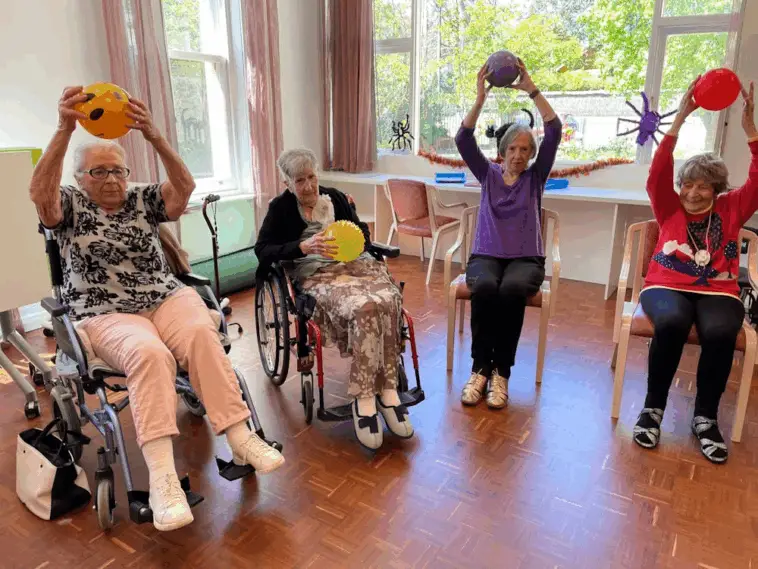As more people get older, the need for elderly living communities is growing. These places help seniors live better by offering support and a chance to stay independent while spending time with others.
But not all senior communities are the same. Some are missing important features that can make life safer and more comfortable. Knowing what to look for can help seniors and their families choose the best place to live.
Let’s explore!
1. Safety Features
Safety is paramount in elderly living environments. Seniors often face mobility challenges that require specialized accommodations. Common safety features include:
- Handrails in hallways and stairwells
- Emergency call systems
- 24/7 security personnel
- Secure entry points
Many seniors experiencing falls each year, these safety measures can help prevent accidents and ensure swift assistance when needed. Additionally, communities equipped with surveillance cameras enhance security and give residents peace of mind.
2. Accessible Design
Design plays a crucial role in the comfort and convenience of elderly living spaces. An accessible layout can significantly enhance a senior’s quality of life. Considerations include:
- Wide doorways and hallways for wheelchair access
- Step-free entrances and exits
- Adaptive lighting to assist those with vision impairments
- Non-slip flooring materials
Incorporating these design elements makes daily activities easier and fosters a sense of independence among residents. Seniors prefer to age in place, emphasizing the importance of designed spaces that support their needs.
3. Recreational Opportunities
A vibrant social life is vital for maintaining a healthy mind and body, especially for seniors who may experience loneliness in traditional housing. Elderly living communities should offer a variety of recreational activities tailored to different interests. Some popular options include:
- Fitness classes tailored for seniors
- Arts and crafts workshops
- Gardening clubs
- Movie nights and game sessions
Communities that provide diverse activities foster social interactions and enhance mental well-being. Engaging in social activities can significantly lower the risk of depression and cognitive decline among older adults. This vibrant social fabric allows residents to form meaningful connections and enjoy each other’s company.
4. Quality Dining Options
Nutrition is a cornerstone of good health, particularly for seniors, who often have specialized dietary needs. Offering quality dining options within elderly living communities is essential. Key features to look for include:
- Nutritious meal plans
- Flexible dining hours
- Diverse meal options
- In-room dining services
Studies indicate that good nutrition positively influences health outcomes in seniors, contributing to enhanced energy levels and improved overall health. Therefore, elderly living communities emphasizing quality dining and nutritious meals can help retain the well-being of their residents. By investing in these essential elements, elderly living communities can offer the necessary senior living amenities and services that promote comfort and safety.
Elevating the Senior Living Experience
To improve life for older adults, communities should focus on main things: safety, easy access, fun activities, and good food. These help shape the daily lives of seniors and make the community feel welcoming. When these needs are met, seniors can live more comfortably and safely.
Families can also feel better knowing their loved ones are well cared for. Taking time to look into different senior living communities can make a big difference. It can lead to a happier and healthier life for your loved one.
Looking for more tips and advice? You’re in the right place! Make sure to bookmark our page and come back to check out more interesting articles.




